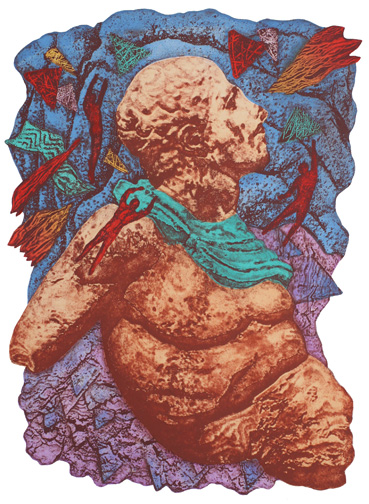Searching for the Stars! Man of La Mancha is a musical by Dale Wasserman based on Miguel de Cervantes modern novel Don Quixote. It’s a play within a play! During the Spanish Inquisition, Cervantes is in prison and puts on a performance about Don Quixote, a madman who is searching for his “impossible dreams”. I saw Richard Kiley perform in this musical on Broadway in the 1970s and William Michals recently at the Arvada Center in CO. What beautiful voices! What a wonderful empowering story!
The wonderful lyrics from The Impossible Dream still resonate in my head.
“To dream the impossible dream… to go where men dare not go. This is my Qwest to follow the STAR, no matter how hopeless, no matter how far… to reach … the UNREACHABLE STAR.”
We all must be Searching for the Stars!
“Everything can be taken from a man but one thing: the last of the human freedoms – to choose one’s attitude in any given set of circumstances, to choose one’s own way.”Viktor E. Frankl, Man’s Search for Meaning.
Both Cervantes and Frankl experienced imprisonment in their lives and still found hope! Frankl was in a concentration camp and wrote this book about his beliefs of optimism and having a purpose in life , “no matter how hopeless”…
Keep Searching for the Stars!
